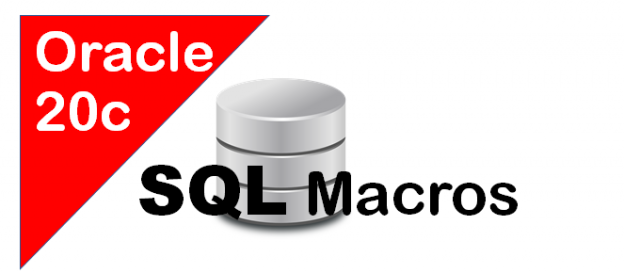After the previous post about building an UNPIVOT query via SQL macro to output table rows like key-value pairs, I thought of another use case for the UNPIVOT operator, where developing a reusable SQL macro will make sense. From time to time you need to spot the difference between almost identical rows. You know they are different and you can easily check this using MINUS or GROUP BY, but if you want to know in what column(s) exactly the difference is, you need another approach.
Continue reading




